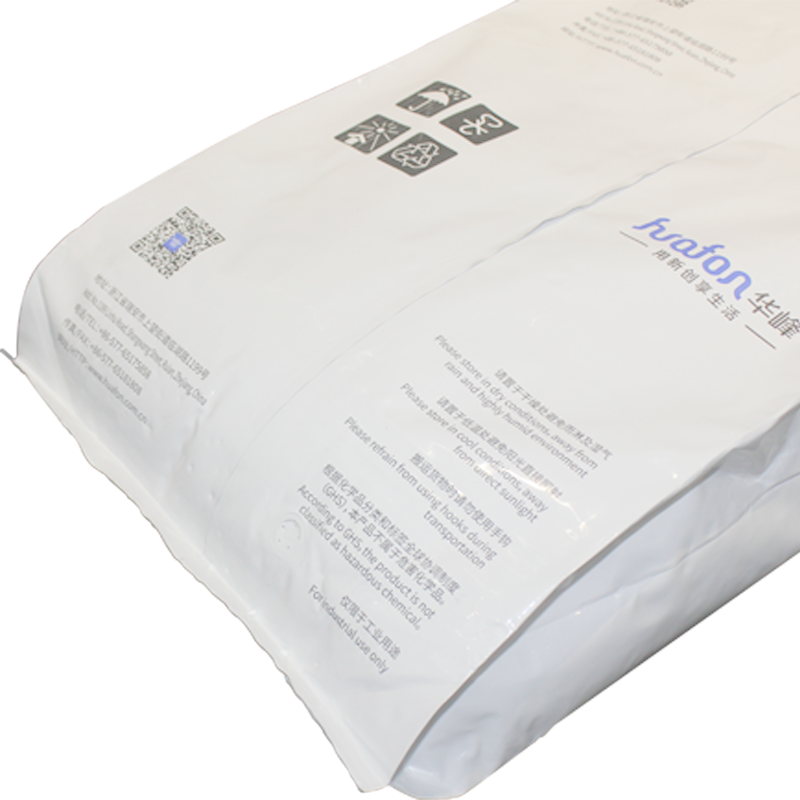
 2025.08.22
2025.08.22
 Industry News
Industry News
In industries where product freshness, longevity, and integrity are essential, high barrier packaging plays a significant role. Multi-layer high barrier film bags are designed to protect contents from moisture, oxygen, UV light, and contaminants that could compromise product quality. These bags are commonly used in food packaging, pharmaceuticals, electronics, and sensitive industrial materials, offering a functional and dependable solution for long-term storage and transportation.

A high barrier bag typically consists of multiple layers of materials, including polyethylenes, polyamides, and often aluminum foil or metalized films. Each layer serves a distinct purpose—whether it’s sealing strength, puncture resistance, or creating a barrier against gas and water vapor. Among these materials, aluminum foil is a popular choice for its natural resistance to light, oxygen, and moisture. When combined with other flexible materials, it forms a packaging solution that performs well under various storage conditions.
The design of these bags is a result of thoughtful engineering, balancing durability and functionality with environmental considerations. Many manufacturers now choose recyclable materials or integrate biodegradable components to align with sustainable practices. Additionally, features like resealable zippers, tear notches, and stand-up pouches add convenience to the user experience while maintaining the protective qualities of the bag.
From an aluminum foil bag factory perspective, production begins with selecting raw materials that provide the desired barrier levels. These materials are laminated through heat, adhesive, or extrusion lamination processes, forming a uniform structure that resists penetration by air and moisture. The thickness and combination of layers can be customized depending on the specific application—whether it's for dry powders, oily substances, or aroma-sensitive goods.
In the food industry, where freshness and shelf stability are key, multi-layer high barrier film bags are frequently used for packaging snacks, coffee beans, tea, dry fruits, and dehydrated meals. For these products, even a small amount of oxygen ingress can trigger oxidation and spoilage. The aluminum layer acts as a shield, while the inner sealing layers maintain the package's integrity after heat sealing. Clear windows or matte finishes can be added without compromising functionality, allowing consumers to view the product or enjoy a modern packaging look.
Beyond food, high barrier bags are also widely used for pharmaceutical and medical products. In these cases, contamination control is essential. Sensitive powders, diagnostic kits, and medical devices benefit from the moisture-proof and tamper-evident properties of these bags. Some variations also include anti-static layers for storing electronic components, where electrostatic discharge could damage the contents.
Customization is another important aspect of high barrier packaging. Factories that specialize in aluminum foil bags often provide tailored solutions in terms of size, print design, and closure types. Printed bags can include branding, usage instructions, or storage conditions, adding value both for marketing and logistics purposes. Small batch production is often possible, helping businesses to test new products without the risk of high-volume commitment.
In terms of storage and transportation, high barrier bags help reduce spoilage and waste by extending product shelf life. They also offer a space-efficient solution compared to rigid containers. The flexible format allows for compact packing, which is useful during shipping and retail display.
Ultimately, multi-layer high barrier film bags provide a functional and adaptable approach to product protection. Whether manufactured at a large-scale aluminum foil bag factory or in smaller specialty facilities, these bags continue to evolve alongside market demands. With increasing awareness around product integrity and environmental impact, the development and application of barrier bags will likely remain a focus area for industries looking to combine performance with practicality.